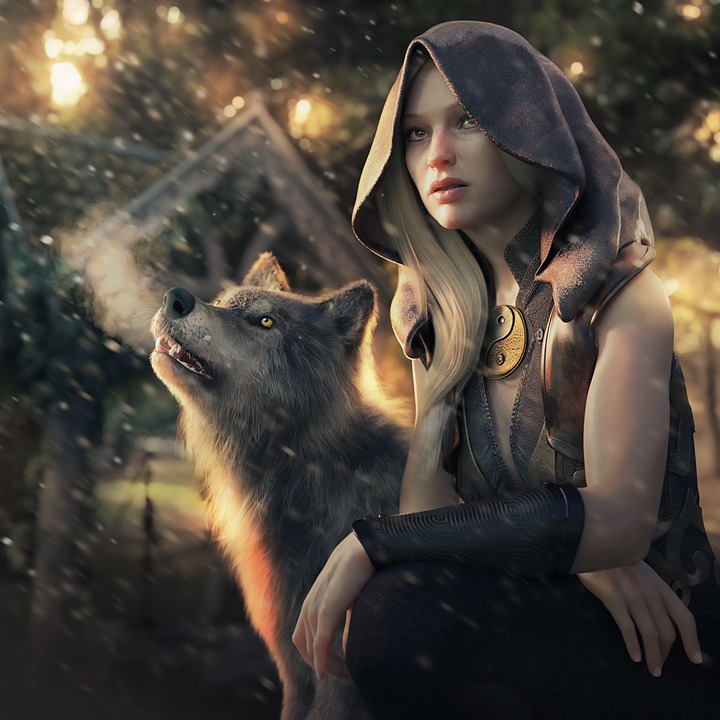From Greek Tragedy to Broadway Hits: A Journey through the Rich History of Drama
Drama, as an art form, has captivated audiences since ancient times. The theatrical tradition has evolved over thousands of years, showcasing the human experience through storytelling, music, and movement. From the birth of Greek tragedy to the glitz and glamour of Broadway hits, the history of drama is a testament to the enduring power of artistic expression.
It all began in ancient Greece, around the 5th century BCE, with the creation of Greek tragedy. These plays were performed during religious festivals and explored universal themes such as love, revenge, and the human condition. Arguably the most famous playwright of this era was Sophocles, known for his masterpiece tragedies like Oedipus Rex and Antigone. These plays emphasized the conflict between individual desires and moral obligations, leaving audiences questioning their own actions and beliefs.
Following the fall of ancient Greece, drama retreated into the shadows, only to be revived in medieval Europe. During this time, theater became intertwined with religious rituals, as the Church used plays to teach biblical stories to illiterate congregations. The mystery plays and morality plays, often performed during religious festivals, depicted the struggle between good and evil and the redemption of the human soul. These performances helped bring people together and preserved the dramatic tradition during a time of social and political instability.
The Renaissance period marked a significant shift in the history of drama. As Europe emerged from the dark ages, theater began to flourish once again. Playwrights like William Shakespeare took the stage and created timeless works that continue to be performed worldwide. Shakespeare’s plays, such as Romeo and Juliet, Hamlet, and Macbeth, explored complex themes of love, power, and the consequences of human actions. His language and poetic genius elevated drama to new heights, captivating audiences for centuries to come.
Fast forward to the 19th century and drama saw another drastic transformation. The birth of the modern theater brought with it realism and the idea of representing life as it truly is. Playwrights like Henrik Ibsen tackled social issues and confronted controversial topics like gender roles, societal norms, and the hypocrisy of the middle class. His play, A Doll’s House, shocked audiences by depicting a wife leaving her husband, defying societal expectations. This marked a turning point in theater, as it began to reflect the changing values and beliefs of society.
In the 20th century, Broadway took center stage as the hub of theatrical innovation. Musicals like West Side Story, Les Misérables, and The Phantom of the Opera enthralled audiences with their grandeur, spectacle, and unforgettable songs. Playwrights and composers alike pushed the boundaries of traditional storytelling, weaving together music, dance, and visually stunning sets to create a truly immersive experience.
Today, drama continues to evolve and adapt to the ever-changing cultural landscape. New voices, diverse perspectives, and experimental styles have breathed new life into the art form. Theater festivals and fringe events celebrate emerging talent, providing platforms for innovative and thought-provoking works.
The history of drama tells a story of resilience, creativity, and the timeless impact of live performance. From the ancient Greeks to the vibrant lights of Broadway, drama has the power to transport us, challenge us, and connect us with our shared humanity. Whether it’s a tragedy, comedy, musical, or avant-garde experimental piece, the art of drama continues to shape our understanding of ourselves and the world around us.

